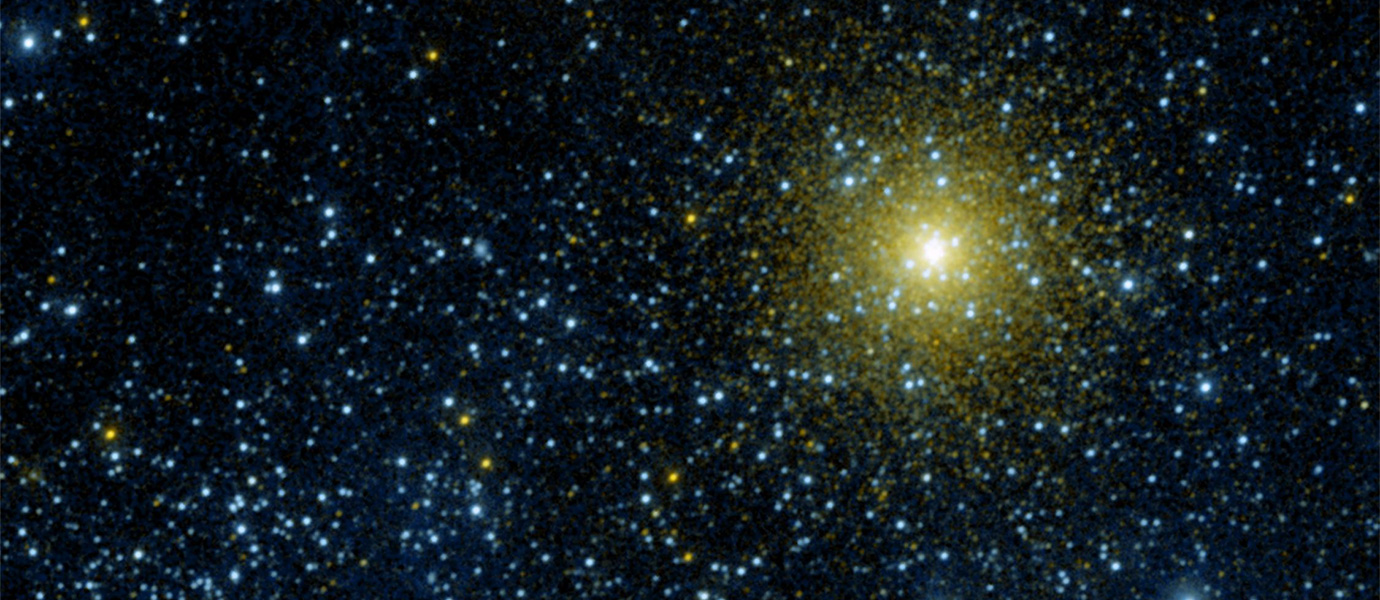ABOUT
Mount Cuba Astronomical Observatory
Explore the skies at the Mount Cuba Astronomical Observatory! Facilities include a 61-centimeter Cassegrain telescope, 11.5-centimeter refracting telescope, 45-seat lecture hall, library, and computer room. An all-digital planetarium allows groups and campers to explore stars, planets, and constellations. Special tours and presentations are hosted by technical and educational associates and are available upon request. Public nights let visitors attend an informal discussion on astronomical subjects, learn what’s new at the planetarium and, weather permitting, look through the telescope at planets, the moon, and other objects. Admission for these events is by reservation only.
contact info
Hrs: Vary.
HELPFUL LESSON PLAN(S)
Prepared by FieldTripDirectory.com
Planetarium Lesson Plan
FUN FACTS
Earth has more exposed water than land. Three quarters of the Earth is covered by water! The earth has one moon.
Venus is the brightest planet in our sky and can sometimes be seen with the naked eye if you know where to look. It is the solar system’s brightest planet — yellow clouds of sulfuric acid reflect the sun’s light.
Jupiter is so big that you could fit all the other planets in the solar system inside it.
Pluto is no longer considered a planet — instead, astronomers call it a dwarf planet or planetoid.
View Lesson Plan>>ABOUT
Mount Cuba Astronomical Observatory
Explore the skies at the Mount Cuba Astronomical Observatory! Facilities include a 61-centimeter Cassegrain telescope, 11.5-centimeter refracting telescope, 45-seat lecture hall, library, and computer room. An all-digital planetarium allows groups and campers to explore stars, planets, and constellations. Special tours and presentations are hosted by technical and educational associates and are available upon request. Public nights let visitors attend an informal discussion on astronomical subjects, learn what’s new at the planetarium and, weather permitting, look through the telescope at planets, the moon, and other objects. Admission for these events is by reservation only.
contact info
Hrs: Vary.
HELPFUL LESSON PLAN(S)
Prepared by FieldTripDirectory.com
Planetarium Lesson Plan
FUN FACTS
Earth has more exposed water than land. Three quarters of the Earth is covered by water! The earth has one moon.
Venus is the brightest planet in our sky and can sometimes be seen with the naked eye if you know where to look. It is the solar system’s brightest planet — yellow clouds of sulfuric acid reflect the sun’s light.
Jupiter is so big that you could fit all the other planets in the solar system inside it.
Pluto is no longer considered a planet — instead, astronomers call it a dwarf planet or planetoid.
View Lesson Plan>>ABOUT
Mount Cuba Astronomical Observatory
Explore the skies at the Mount Cuba Astronomical Observatory! Facilities include a 61-centimeter Cassegrain telescope, 11.5-centimeter refracting telescope, 45-seat lecture hall, library, and computer room. An all-digital planetarium allows groups and campers to explore stars, planets, and constellations. Special tours and presentations are hosted by technical and educational associates and are available upon request. Public nights let visitors attend an informal discussion on astronomical subjects, learn what’s new at the planetarium and, weather permitting, look through the telescope at planets, the moon, and other objects. Admission for these events is by reservation only.
contact info
Hrs: Vary.
HELPFUL LESSON PLAN(S)
Prepared by FieldTripDirectory.com
Planetarium Lesson Plan
FUN FACTS
Earth has more exposed water than land. Three quarters of the Earth is covered by water! The earth has one moon.
Venus is the brightest planet in our sky and can sometimes be seen with the naked eye if you know where to look. It is the solar system’s brightest planet — yellow clouds of sulfuric acid reflect the sun’s light.
Jupiter is so big that you could fit all the other planets in the solar system inside it.
Pluto is no longer considered a planet — instead, astronomers call it a dwarf planet or planetoid.
View Lesson Plan>>ABOUT
Mount Cuba Astronomical Observatory
Explore the skies at the Mount Cuba Astronomical Observatory! Facilities include a 61-centimeter Cassegrain telescope, 11.5-centimeter refracting telescope, 45-seat lecture hall, library, and computer room. An all-digital planetarium allows groups and campers to explore stars, planets, and constellations. Special tours and presentations are hosted by technical and educational associates and are available upon request. Public nights let visitors attend an informal discussion on astronomical subjects, learn what’s new at the planetarium and, weather permitting, look through the telescope at planets, the moon, and other objects. Admission for these events is by reservation only.
contact info
Hrs: Vary.
HELPFUL LESSON PLAN(S)
Prepared by FieldTripDirectory.com
Planetarium Lesson Plan
FUN FACTS
Earth has more exposed water than land. Three quarters of the Earth is covered by water! The earth has one moon.
Venus is the brightest planet in our sky and can sometimes be seen with the naked eye if you know where to look. It is the solar system’s brightest planet — yellow clouds of sulfuric acid reflect the sun’s light.
Jupiter is so big that you could fit all the other planets in the solar system inside it.
Pluto is no longer considered a planet — instead, astronomers call it a dwarf planet or planetoid.
View Lesson Plan>>
